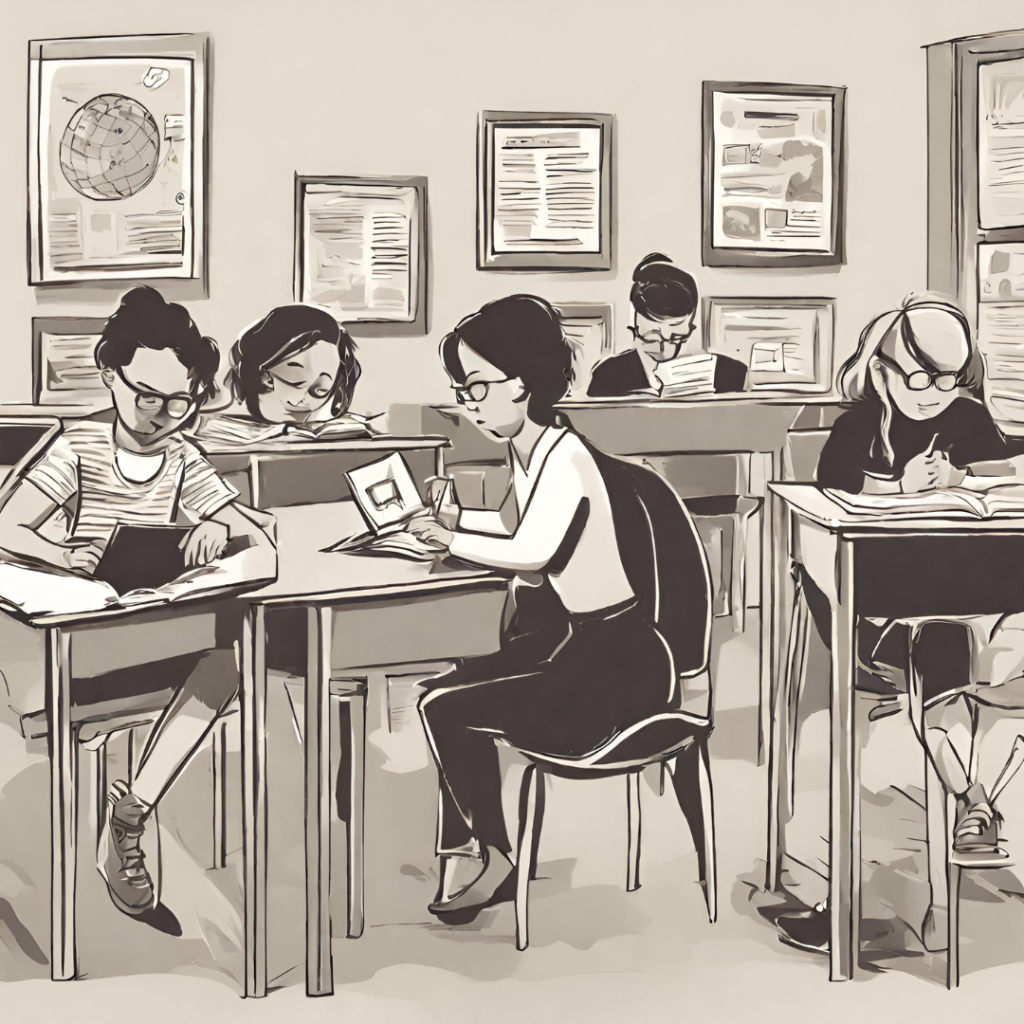
Navigating the realms of education and the professional world often requires individuals to adapt to diverse learning styles. As learners transition through various phases of life, the ability to adjust and flex one’s inherent learning style becomes paramount. This article sheds light on the intricacies of transitioning learning styles and offers insights for seamless adaptability in new educational and professional contexts.
Why the Need to Transition Learning Styles?
The demand to adapt arises from multiple fronts:
- Diverse Educational Modules: From traditional lectures to online webinars, educational methods are continually evolving.
- Professional Training: In the workplace, training sessions vary from hands-on workshops to digital tutorials.
- Personal Growth: Expanding one’s horizons often demands delving into unfamiliar learning territories.
Recognizing these demands is the first step towards a successful transition.
Understanding the Core Learning Styles
To transition effectively, it’s essential to understand the primary learning styles:
- Visual: Learning through seeing, using diagrams, charts, and visual aids.
- Auditory: Learning through listening, benefiting from lectures and discussions.
- Tactile/Kinesthetic: Learning through touching and doing, thriving in hands-on environments.
- Reading/Writing: Preferring to learn through reading texts and writing.
While everyone tends to gravitate towards one dominant style, a mix of preferences is common.
Identifying Your Dominant Learning Style
A self-assessment is the cornerstone of effective transition:
- Surveys and Questionnaires: Tools like the VARK questionnaire can offer insights into one’s preferences.
- Self-reflection: Ponder on past learning experiences that felt most engaging.
- Feedback from Peers: Sometimes, outsiders can offer valuable observations.

Strategies for Transitioning Learning Styles
1. Embrace the Challenge:
Adapting to a new style might seem daunting, but approaching it with an open mind can ease the process. Celebrate small victories and accept that initial discomfort is part of growth.
2. Blend Styles:
If transitioning from a visual to an auditory style, for instance, one could complement lectures with visual notes, easing the shift.
3. Utilize Modern Technology:
Tech tools, such as apps and platforms tailored for various learning styles, can facilitate the transition. For example, auditory learners moving to visual methods might benefit from video platforms like Khan Academy.
4. Collaborate:
Engaging with peers who exhibit the desired learning style can offer practical insights and strategies.
5. Continuous Practice:
Regularly immerse yourself in the new style. The more you practice, the more natural it becomes.
6. Seek Feedback:
Constantly solicit feedback to understand areas of improvement.

Adapting to New Educational Environments
Online Learning:
For many, the shift to online learning can be challenging. Here, blending styles can be particularly effective. For instance, tactile learners might benefit from taking physical notes during online sessions.
Interactive Workshops:
Moving from traditional classrooms to interactive sessions demands active participation. Engaging in group discussions and seeking hands-on tasks can ease this transition.
Navigating the Professional World: Transitioning Learning Styles
Onboarding Processes:
New employees often encounter diverse training modules. Recognizing the company’s preferred style and proactively adapting can accelerate the learning curve.
Continuous Professional Development:
Workplaces value continuous learning. Embracing various workshops, webinars, and courses demands flexibility in learning styles.
Collaborative Projects:
Professional environments often entail collaborative learning. Being versatile in learning styles ensures effective communication and understanding among team members.
Overcoming Barriers in Transition
- Mindset Barriers: Overcoming the “I can’t change” mindset is crucial. Believing in one’s adaptability is half the battle won.
- Lack of Resources: Today’s digital age offers countless resources. Explore platforms like Coursera, Udemy, or LinkedIn Learning for diverse learning methods.
- Fear of Failure: Every transition comes with setbacks. Embracing failures as learning steps rather than deterrents is vital.
Benefits of Adapting to Multiple Learning Styles
- Versatility: Navigating diverse environments becomes more effortless.
- Improved Communication: Understanding various styles enhances interactions, both in educational and professional realms.
- Enhanced Retention: Employing multiple styles often leads to better comprehension and retention.
Conclusion
Transitioning learning styles is not merely a shift in method; it’s a journey of personal growth. Adapting to new educational and professional environments demands patience, persistence, and practice. By recognizing the inherent flexibility of the human mind and proactively seeking transitions, learners can ensure they remain at the forefront of their personal and professional endeavors. The landscape of learning is vast and varied; mastering the art of transitioning styles ensures one can navigate it with confidence and competence.

